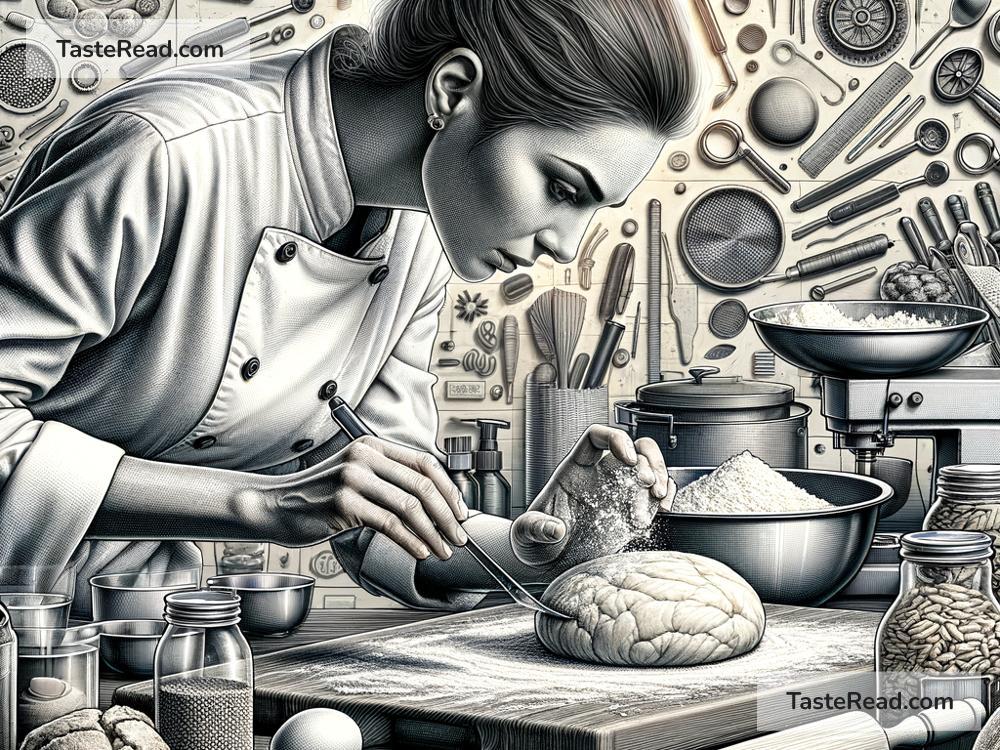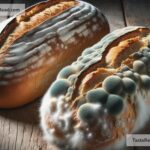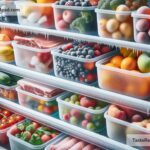The Science of Food Texture: Techniques and Tips
Have you ever wondered why food feels different in your mouth? Some foods are crunchy, others are soft and creamy, and there are those that are chewy or even sticky. This feeling is known as the texture of food, and it plays a big role in how much we enjoy what we eat. Texture isn’t just about taste or smell—it’s about how food feels when we bite, chew, and eat it. Scientists and chefs alike study food texture because it’s so important in cooking and food production. Let’s dive into the fascinating world of food texture, the techniques used to enhance it, and simple tips for improving texture in your own kitchen.
What Is Food Texture?
Food texture refers to the physical properties of food—how it feels to touch, chew, and swallow. Some common examples of textures include:
- Crispy: Think potato chips or fried chicken.
- Creamy: Yogurt, ice cream, or mashed potatoes fit in here.
- Chewy: Foods like caramels or cooked pasta.
- Flaky: Croissants or puff pastry are classic examples.
- Juicy: Fruits like watermelons and oranges have this texture.
- Smooth: This texture is obvious in soups or puddings.
Texture isn’t just about pleasure, though—it can help us understand the freshness, quality, and safety of food. For example, we expect bread to be soft, not rock-hard, and we look for crispness in fresh vegetables like lettuce.
Why Is Texture Important?
Texture doesn’t only create a fun eating experience—it often influences our food choices. Imagine biting into a cookie only to find it soggy; you’d probably be disappointed. Foods with great texture can enhance the overall taste, appearance, and satisfaction. Scientists who work in food science or culinary arts pay close attention to texture because it directly affects how people perceive and enjoy food.
The Science Behind Food Texture
Food texture is closely tied to the structure and composition of ingredients. Factors like water content, fats, proteins, and starches play a crucial role. For example:
- Water Content: Foods with high water content, like fruits, tend to be juicy and refreshing. Lower water content often leads to crunchiness, like in crackers or chips.
- Fats: Fat contributes to creaminess or smoothness in foods like butter or ice cream.
- Proteins and Starch: Proteins can create chewy textures, like in meat or tofu, while starches may add thickness or firmness in rice, bread, or pasta.
Temperature also influences food texture. Have you ever noticed how chocolate hardens in the fridge but melts in your hand? This happens because changes in temperature affect the structural properties of food.
Techniques for Perfecting Food Texture
Chefs and food scientists have several techniques to adjust food texture to make it more appealing. Let’s explore some of the key methods:
-
Cooking Methods
Heat plays a huge role in food texture. Baking creates crispy crusts, grilling provides charred edges, boiling softens food, and frying makes food crunchy. Choosing the right cooking method can transform how a food feels in your mouth. -
Thickening Agents
In soups, sauces, or puddings, thickening agents like cornstarch, flour, or gelatin enhance smoothness or give food its desired consistency. For example, starch can thicken soups, while gelatin can make a creamy mousse. -
Adding Air
Air can change textures, creating light and fluffy foods. Whipping eggs into meringues or whipping cream adds air bubbles, resulting in softer, airy textures. -
Controlling Moisture
Drying and dehydrating remove water from foods, making them crispy and shelf-stable—like chips or dried fruit. On the flip side, steaming or boiling adds moisture, softening foods like vegetables and grains. -
Using Technology
Food processors, blenders, and mixers help create smooth or blended textures. Advanced techniques like molecular gastronomy use tools like foaming machines and liquid nitrogen to create unique textures.
Tips for Improving Food Texture at Home
You don’t need fancy equipment or a degree in food science to improve texture as a home cook. Here are a few simple tips:
- Match Cooking Method to Desired Texture: If you want crunchy vegetables, roast them. Want something soft? Steam them instead.
- Experiment with Ingredients: Adding nuts, seeds, or breadcrumbs can create interesting textures in dishes like salads or casseroles.
- Pay Attention to Temperature: Serve cold dishes like ice cream immediately to keep them smooth. Serve meats at the right temperature to avoid toughness.
- Use Texture Contrasts: Pair different textures in one dish for a more interesting experience. For example, add crunchy croutons to a creamy soup or soft avocado slices to crispy toast.
- Practice Blending and Whipping: Blenders and mixers can give food a velvety or smooth texture.
Final Thoughts
Food texture is as much about science as it is about creativity. It connects us to the joy of eating and can make even simple dishes more satisfying. Whether it’s the crunch of a fresh apple or the creaminess of a bowl of ice cream, texture shapes how we experience food. With a little practice and some knowledge, you can improve the textures in your meals and impress family and friends. So experiment, enjoy, and discover the exciting world of food texture!


